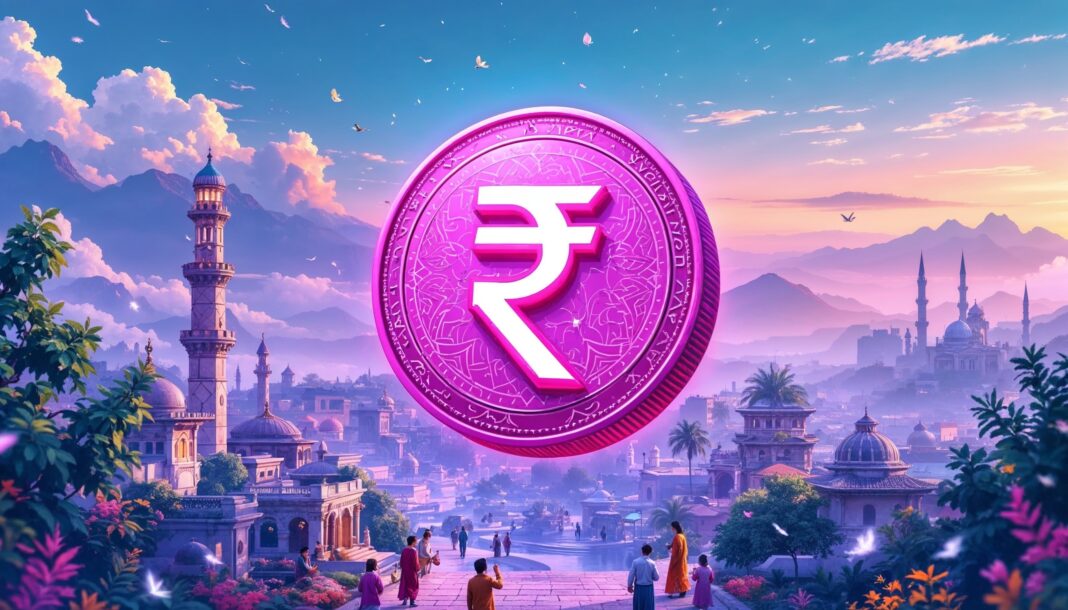Podcast Discussion: Deep Dive Into This Article.
In a move that could redefine the crypto landscape in South Asia, Pakistan is stepping off the sidelines and into the Web3 arena—this time with a state-backed plan. The country has announced the launch of the Pakistan Digital Assets Authority (PDAA), a newly formed body that will regulate and develop the nation’s growing crypto ecosystem, currently estimated at over $25 billion in volume.
But this isn’t just about oversight. It’s about rewriting the script on how developing economies can participate in—and even help lead—the next evolution of global finance.
A Strategic U-Turn Toward Web3
Not long ago, Pakistan’s stance on crypto was more “caution tape” than “green light.” The State Bank of Pakistan had repeatedly raised alarms, citing volatility, money laundering risks, and lack of regulatory clarity. Yet, behind the scenes, a parallel reality was emerging: Pakistanis were engaging with digital assets at a remarkable pace. Blockchain adoption grew in the shadows—on the back of tech-savvy youth, freelancers, and entrepreneurs circumventing legacy systems that often excluded them.
Fast-forward to today, and the country is now formally acknowledging that crypto isn’t going away. With the PDAA, Pakistan isn’t just tolerating digital assets—it’s embracing them as a pillar of digital transformation.
Tokenizing the Future: Beyond Just Crypto
The ambitions of the PDAA stretch far beyond regulating Bitcoin trading on exchanges.
According to Pakistan’s Finance Minister Muhammad Aurangzeb, the PDAA will oversee everything from the tokenization of national assets and government debt to regulated Bitcoin mining powered by surplus electricity—a uniquely local solution to both energy waste and economic diversification.
This vision suggests a broader strategy at play: using tokenization as a vehicle to modernize legacy infrastructure and democratize access to wealth creation. Think less about speculation, more about system transformation. For a country facing challenges with currency depreciation, informal economies, and underbanked populations, blockchain presents a rare convergence of necessity and opportunity.
Youth at the Center of the Revolution
Pakistan isn’t building this authority for institutions—it’s building it for its people.
Over 20 million citizens are already engaged in some form of crypto activity, according to unofficial estimates. Many are young freelancers using USDT to receive payments, students exploring DeFi, and builders experimenting with NFTs and DAOs. With a median age under 24, Pakistan has one of the youngest populations in the world—and this demographic is already fluent in digital-first innovation.
By creating regulatory clarity and opening formal pathways for participation, the PDAA could unlock a wave of Web3-native entrepreneurship. Think government-backed hackathons, startup incubators, and public-private partnerships that bridge traditional finance with DeFi. The country is positioning itself not just as a user of crypto rails—but as a contributor to how those rails are laid.
The FATF Factor: Compliance as Catalyst
Of course, no modern regulatory body can afford to operate in a vacuum. The PDAA will be designed in alignment with Financial Action Task Force (FATF) guidelines, addressing international concerns about anti-money laundering (AML) and counter-terrorist financing (CTF).
But here’s the twist: instead of viewing compliance as a barrier, Pakistan is treating it as a launchpad. By integrating FATF-compliant frameworks, the country hopes to attract global investors, exchanges, and protocols that have previously bypassed the region due to unclear policies. It’s a recalibration of incentives—safety nets that don’t strangle innovation, but guide it.
A Model for Emerging Economies?
Pakistan is not alone in this shift. Countries like the UAE, Nigeria, and Thailand have also begun exploring how to regulate crypto without stifling its upside. But few have made such a public pivot with this level of national focus.
The PDAA could become a blueprint for emerging markets, showing how blockchain regulation can align with national interests, stimulate grassroots innovation, and invite diaspora capital back into the ecosystem.
Imagine a world where remittances are sent in tokenized rupees, where real estate is fractionalized on-chain, and where local startups raise capital globally via DAOs—this is the frontier Pakistan is inching toward.
The Stakes Are High—And So Is the Potential
There’s no doubt that execution will matter. The PDAA will need to navigate entrenched financial institutions, infrastructure gaps, and political volatility. But with the right mix of transparency, education, and inclusive policy-making, Pakistan has a chance to not only leapfrog into the future of finance—but to define part of it.
For a country often seen as playing catch-up in global tech trends, this could be its moment to lead.
This article reflects the opinions of the publisher based on available information at the time of writing. It is not intended to provide financial advice, and it does not necessarily represent the views of the news site or its affiliates. Readers are encouraged to conduct further research or consult with a financial advisor before making any investment decisions.



